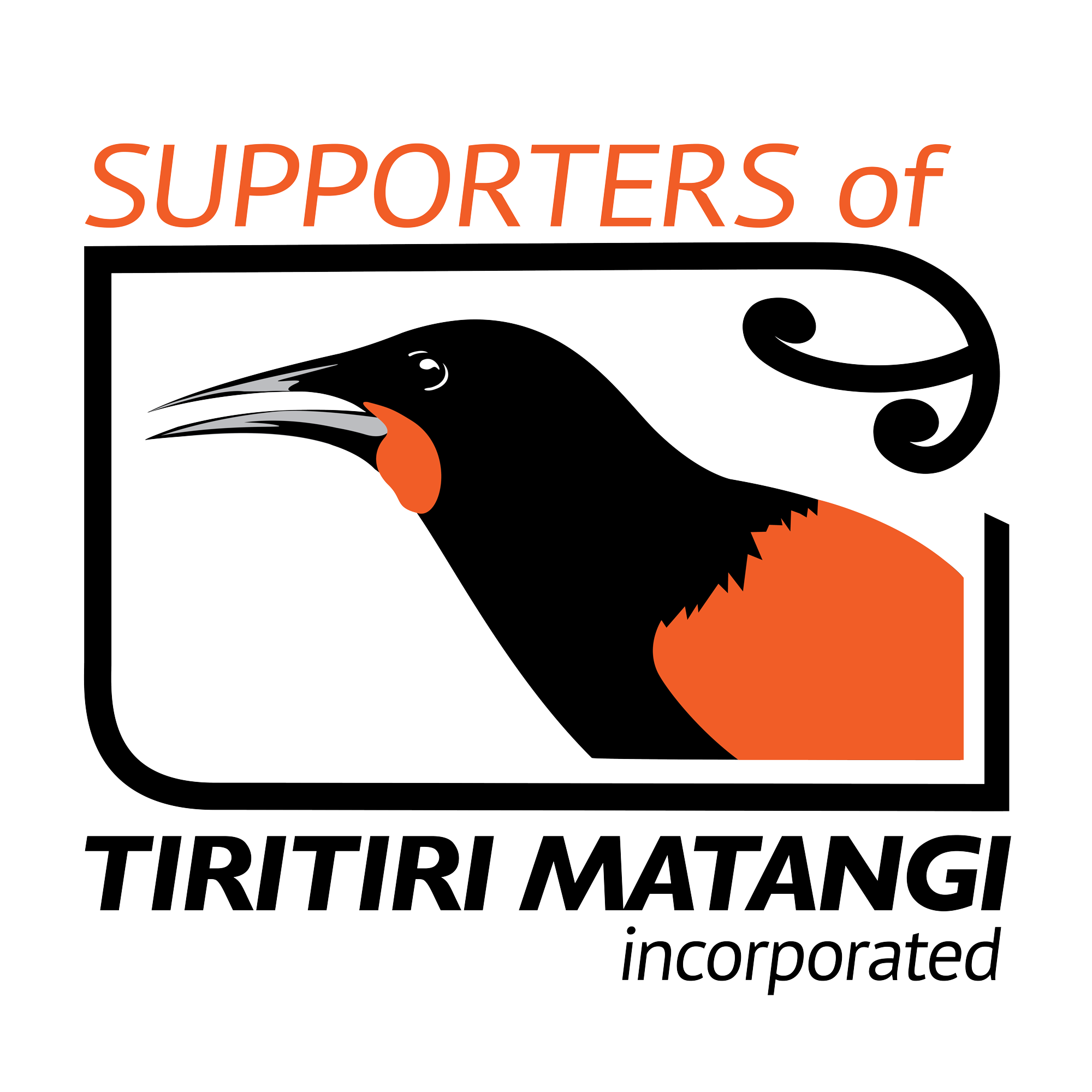Health & Safety
Tiritiri Matangi is a wonderful place to visit and spend some time in a very natural, peaceful environment.
All visitors to Tiritiri Matangi should be mindful that the paths and tracks can vary in quality, from wide easy tracks suitable for strollers and people walking two abreast to narrow, steep tracks with tree roots, low hanging branches and other hazards to be aware of. Environmental conditions can change rapidly and it is easy to get caught in a downpour and find yourself up to an hour from shelter.
Volunteers have the added hazard of being distracted by people they may be guiding or the activity they are undertaking.
For these reasons, it is essential that volunteers are familiar with and have signed the H&S Management Plan to show that they acknowledge potential hazards they may encounter and their own responsibilities.
We recommend that volunteers coming to the island to guide or undertake other volunteering activities:
- Come prepared for any conditions you may face during the day, preferably with sturdy, closed toed shoes and a decent rain jacket
- Do not come to the island impaired by alcohol or drugs
- Report any incidents, including near misses or hazards that you find during your visit to the office
Abuse from visitors is not ok. Please report any incidents of abuse to the office so these can be followed up by the committee.
Emergency Procedures
All staff and volunteers need to familiarise themselves with the emergency procedures for the island. These procedures form part of the induction to the island and are included in the training given to staff, contractors and volunteers. The full response details to different types of emergencies can be found on the flip chart hanging on the wall of the Office in the Visitor Centre, in the DOC office and in the implement shed.
In the event of a natural disaster, such as a fire, weather event, tsunami or volcanic eruption, or man-made event, such as chemical spill, the priority is given to moving people to a safe area, treating any injuries and reporting the event and the group’s status to the DOC ranger. The DOC ranger will then provide further instructions and coordinate any response.
If you hear an airhorn or are told that there is an emergency:
- Move your entire group to the nearest road
- Move to the assembly point on the lawn between the shop, the main house and the implement shed.
- Wait there for further instructions
The health and safety of our volunteers and staff is very important to us, so we encourage any staff (kaimahi) undertake these precautions;
- Take note of hazards and report them to the office
- Point out risky behaviour
- Record and report incidents to the office when they occur
